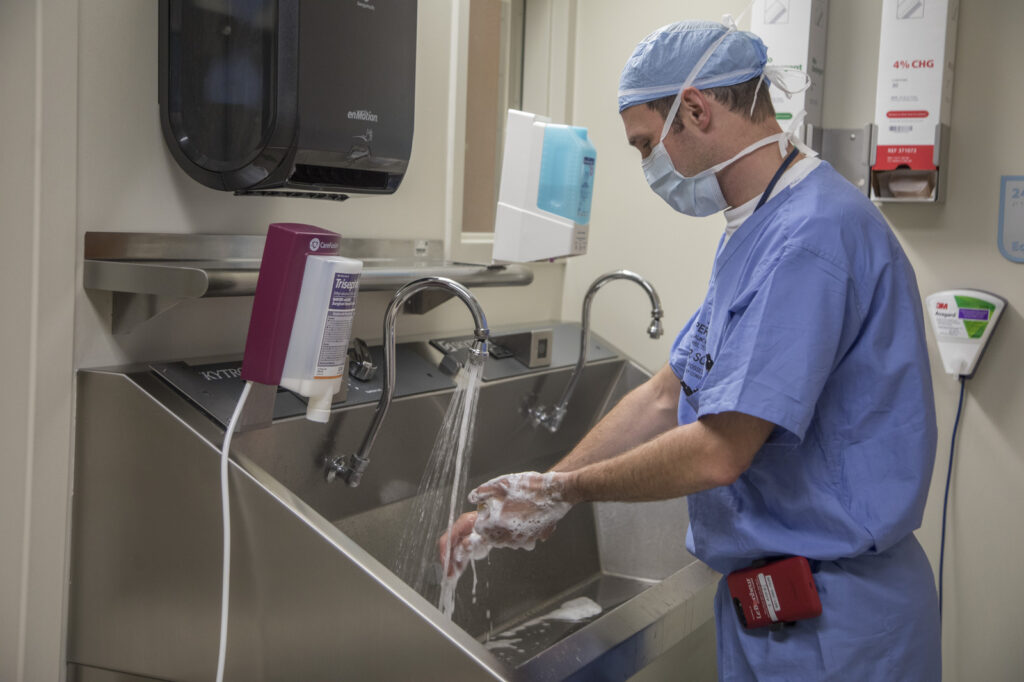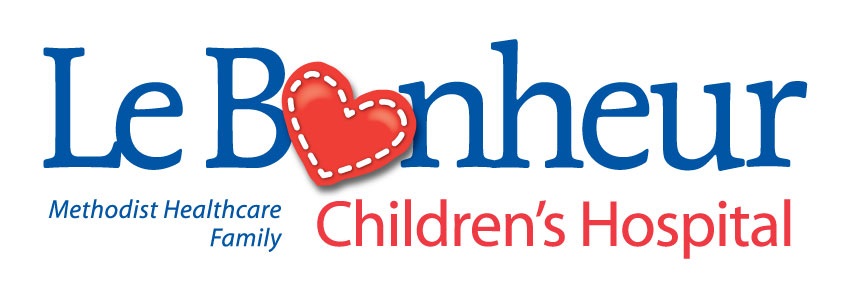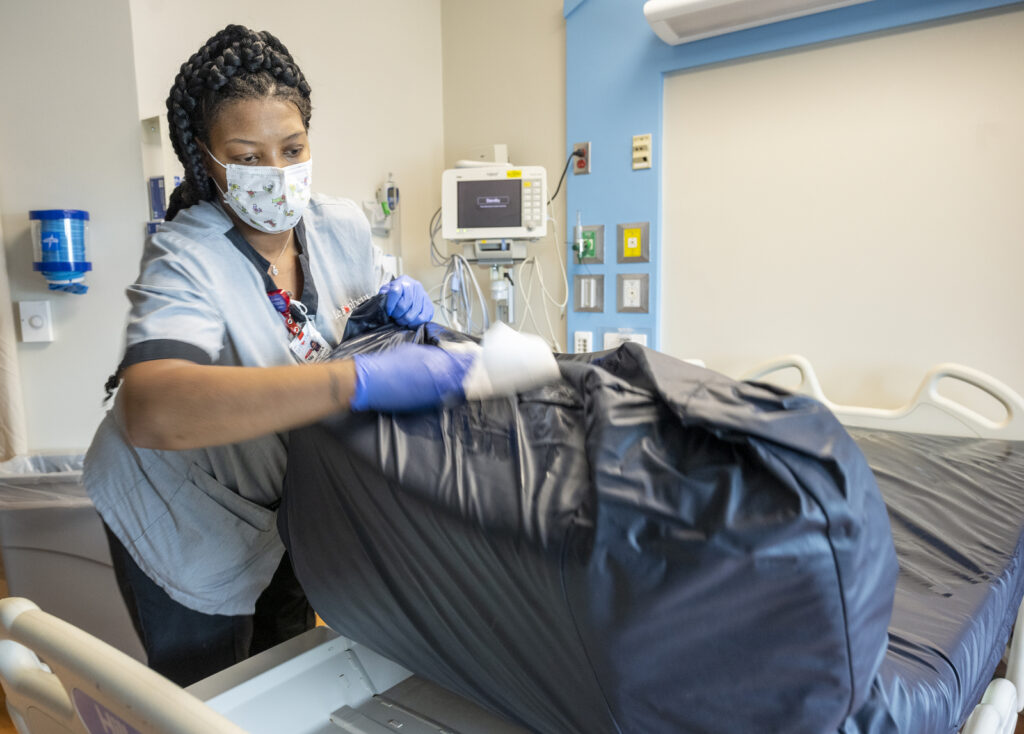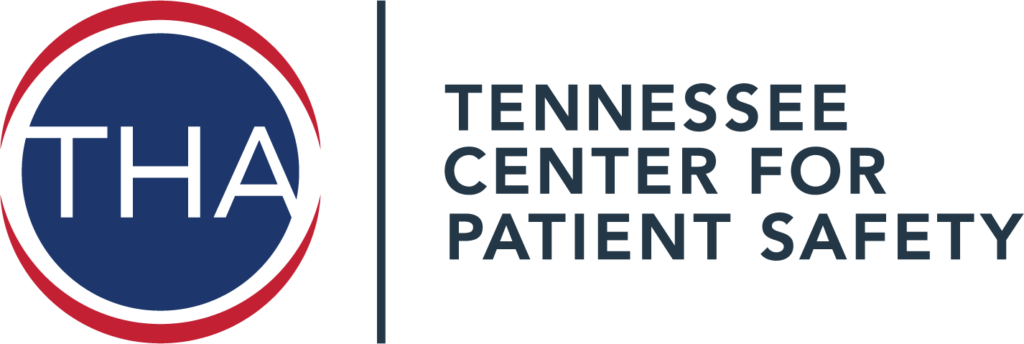Le Bonheur Children's Hospital
Lessons from COVID-19: Practices to Prevent Healthcare-Associated Infections




The cornerstone of the HAI prevention work done at Le Bonheur Children’s hospital even during the COVID-19 pandemic relates to consistent application of the prevention bundles established by the Children’s Hospitals Solutions for Patient Safety (SPS) national collaborative. Specifically, for CLABSI, CAUTI and SSI they have been working to achieve and sustain 90% compliance with the bundles, the point that leads to significant and sustained improvement.
Mid-way through 2020 Methodist Le Bonheur Children’s Hospital staff noticed an uptick in the number of nearly all HAI events, even as patient volume was decreasing.
To refocus their energy and efforts, they designated one of the three weekly COVID-19 Incident Command calls to Patient Safety. The call was led by the Chief Medical Officer.
From those multi-disciplinary discussions, they identified the following 4 projects:
- Stethoscope cleaning between patients – This team performed an evaluation with results demonstrating the lack of a standardized practice. The team developed guidelines, ensured product availability and training for all. This is currently rolling out across the organization.
- Environmental cleaning, including equipment, high touch surfaces and rooms of long term patients- although there were pockets of excellence with this practice, it was not standard throughout the hospital. This effort rolled out as a collaboration between nursing and Environmental Services staff.
- Enhancing communication to families related to daily CHG treatments – This effort is helping to solidify a change in language from CHG “bath” to “treatment” and gives providers consistent talking points about the need for these treatments as an infection prevention tactic.
- Back to Basics in the OR – this team collaborated even more closely with Environmental Services and Infection Prevention staff to validate implementation of best practices consistently.
Calls have now moved from weekly to monthly, with the same focus on patient safety and identification of the next set of projects.
At the same time, the Neonatal Intensive Care Unit staff and providers, along with Infection Prevention, Infectious Disease physicians and Quality Improvement support focused on improvements specific to that department.
Following is a list of some of the interventions that have resulted in a reduction of HAI in the NICU:
- Essentially eliminated all line draws
- Focused on the Small Baby Unit
- Patient decolonization on admission
- Expanded CHG treatment to babies 4 weeks or 44 weeks PMA whichever comes later
- Three site screening and decolonization (nares, umbilicus, rectum) for all NICU patient on admission
- Implemented surgical grade hand scrub required for all entering the NICU. This product provides prolonged protection for up to 6 hours
- Families wearing gown on top of their cloths after using the scrub
- Implemented wearing of nothing below the elbows for all entering the NICU
- Collaborated with high performing children’s hospitals within the SPS network
Additionally hospital-wide:
- Expanded scope of decolonization outside the NICU
- Implemented CHG treatment on admission for eligible patients
- Started reporting CHG treatment compliance for eligible patients at Daily Safety Briefing (all units)
- Increased the number of hand hygiene observations across all units, all disciplines.
- Periodically revisit barriers that prevent ability to maintain 90% bundle compliance
- Implemented use of external catheters to replace Foleys when possible
- Daily reporting of the number of CVLs, Femoral lines and Foleys with days since insertion reported for Femoral lines and Foleys
- Implemented two RN collection of blood cultures
